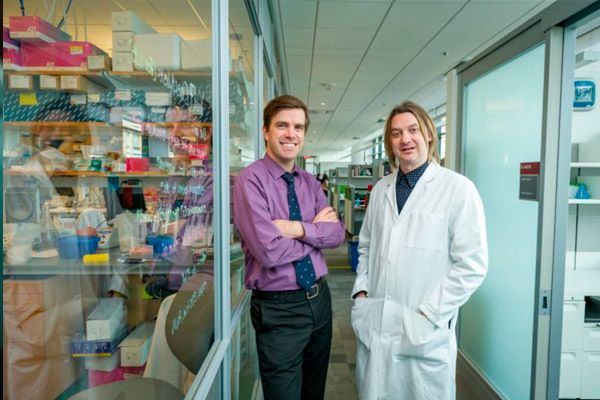New publications
Mutant cells can help diagnose cancer
Last reviewed: 02.07.2025

All iLive content is medically reviewed or fact checked to ensure as much factual accuracy as possible.
We have strict sourcing guidelines and only link to reputable media sites, academic research institutions and, whenever possible, medically peer reviewed studies. Note that the numbers in parentheses ([1], [2], etc.) are clickable links to these studies.
If you feel that any of our content is inaccurate, out-of-date, or otherwise questionable, please select it and press Ctrl + Enter.
A team of researchers at Swansea University has created a unique blood test that can help identify cancerous tumours in the body. According to the researchers, the new test can diagnose the disease long before the first symptoms appear, the test takes just a few hours and can be carried out in any outpatient clinic with the most basic laboratory equipment.
Professor Gareth Jenkins, who led the research project, said the test could detect changes in proteins on the surface of red blood cells. Proteins normally attract proteins, but this ability disappears as the tumor develops. The team stained the cells with special fluorescent antibodies, and as a result, proteins on the surface of blood cells that remained normal and those that mutated became visible. In addition, the scientists were able to count the number of abnormal and normal proteins.
The next step of the scientists was to compare the obtained indicators with the norm. A healthy person has on average about 5 mutated cells per million red blood cells, while in oncological diseases the number of abnormal cells increases up to 10 times. After a course of chemotherapy, there are more than a hundred such mutated cells in the patient's body.
At the same time, according to experts, the process of red blood cell mutation itself does not affect the development of a cancerous tumor; mutation develops against the background of the progression of the disease.
Scientists noted that the new analysis can be compared to a "smoke detector" that detects a fire in a room, but the detector reacts not to the fire itself, but to smoke, and the new analysis also reacts not to the disease itself, but to its by-product - mutating blood cells. Professor Jenkins emphasized that it is the disease that provokes mutations, and not vice versa, and, in fact, this is what the new analysis is based on.
At the Siberian Medical University, a team of scientists has also made progress in finding new methods for diagnosing cancerous tumors. At this stage, specialists are developing a preoperative method for diagnosing follicular thyroid cancer. This type of cancer differs from others in that it cannot be distinguished from a benign process before a cytological examination. According to statistics, more than 80% of patients who underwent cytology were found to have a benign process in the thyroid gland.

Specialists from the Siberian Medical University noted that they were trying to develop a method that would help identify a malignant process during fine-needle aspiration biopsy and solve the current problem with diagnosing this type of cancer. A similar analysis is used to diagnose cervical cancer, but markers for the thyroid gland that help identify cancer cells have not yet been developed.
As explained by Irina Berezkin, a postgraduate student at the Siberian Medical University, her colleagues have already conducted a study in which they were able to use one of the markers to determine a malignant process in the thyroid gland; in addition, the scientists have developed a formula that helps solve this problem with maximum accuracy.

 [
[